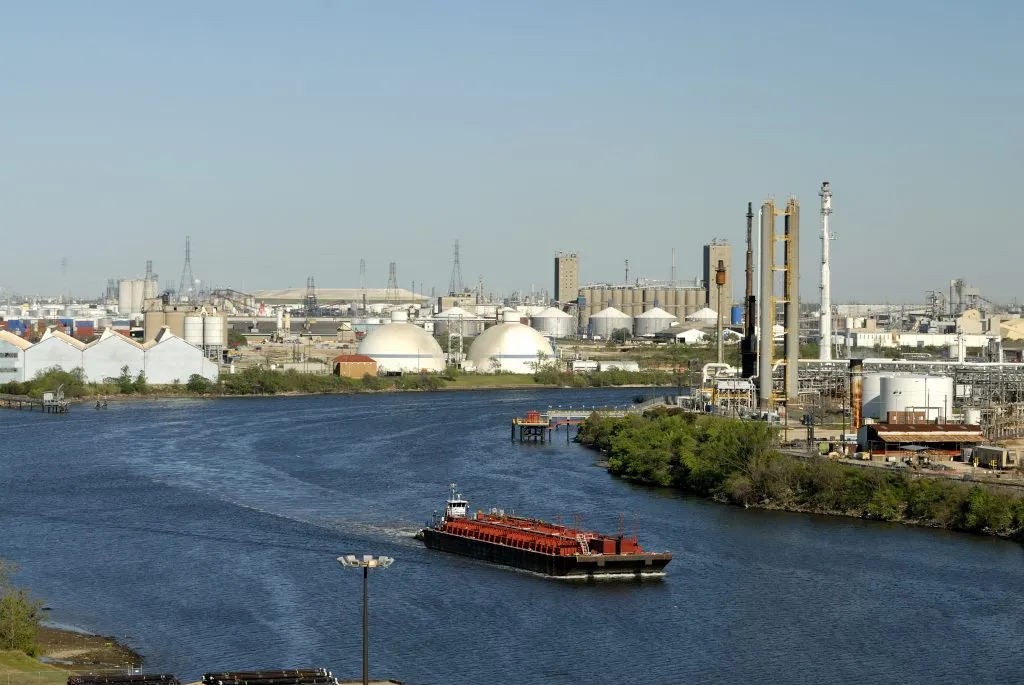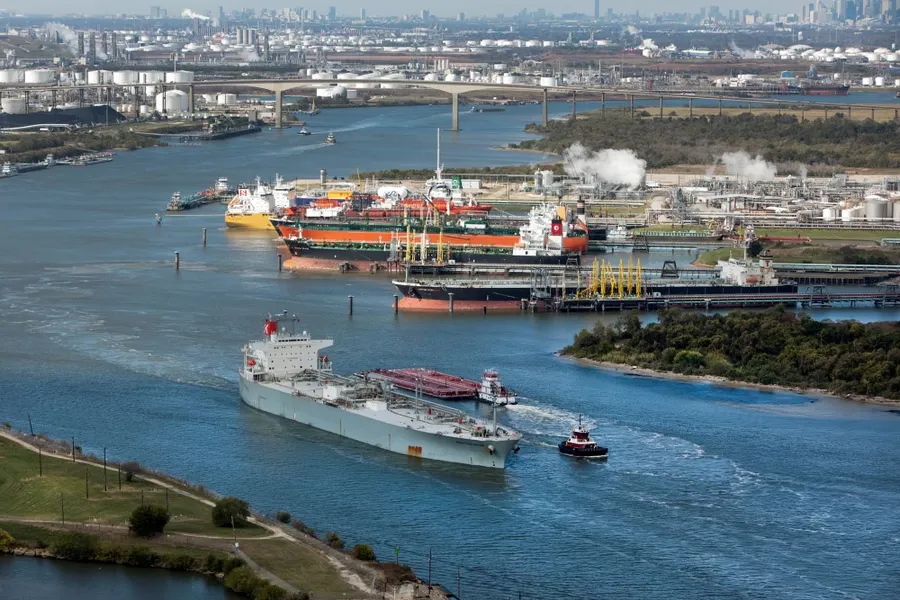
Project 11 Fully Funded: Houston Ship Channel Expansion Moves Toward Completion
Port Houston has announced a significant milestone for the future of maritime commerce and energy infrastructure in the United States. In a landmark decision, the President’s Fiscal Year (FY) 2026 Budget has allocated a substantial $161 million toward the Houston Ship Channel Expansion – known as Project 11 – securing full federal funding to bring this critical project to completion. This federal investment is further reinforced by an additional $53.6 million earmarked for the channel’s ongoing operations and maintenance (O&M), a clear signal of national recognition for the channel’s strategic importance.
These latest allocations build upon prior support, which includes $33 million for Project 11 construction and $98 million for O&M in the U.S. Army Corps of Engineers (USACE) FY25 Workplan, released just weeks earlier. Together, these funding commitments ensure the uninterrupted momentum of Project 11, a multiyear, multi-stakeholder initiative aimed at modernizing and expanding the busiest waterway in the nation.
Port Houston Chairman Ric Campo expressed his appreciation and pride over this achievement, underscoring the broad coalition of support that has championed this effort. “This is a momentous achievement,” Campo stated. “We appreciate the Trump Administration for recognizing the criticality of this expansion and applaud Congressman Wesley Hunt and Congressman Brian Babin for their tremendous advocacy and unwavering leadership to bring home the millions of federal dollars needed to complete Project 11. This project will keep our economy moving forward and enable our port to continue delivering for not just Houstonians but the entire nation.”
A National Priority with Global Impact
The Houston Ship Channel is the number one ranked waterway in the United States by tonnage, serving as a lifeline not only for Houston and Texas but for the broader national economy. The channel supports the largest petrochemical complex in the Western Hemisphere and is home to the largest U.S. port in total foreign waterborne tonnage. Ensuring that this critical artery remains navigable, safe, and capable of accommodating modern shipping demands is of paramount importance to energy security, supply chain efficiency, and economic competitiveness.
Congressman Wesley Hunt, a strong advocate for the project, highlighted the significance of this achievement in reinforcing U.S. energy dominance. “Since my swearing-in nearly three years ago, one of my biggest priorities has been to ensure that Project 11 in the Houston Ship Channel is fully funded and its construction completed,” said Hunt. “As the largest energy port in the entire world, Project 11’s success is essential to maintaining Texas’s and the United States’ energy dominance. I would also like to express my sincerest gratitude to President Trump for recognizing the importance of this project and his goal of ensuring America is once again a net exporter of energy.”
The successful securing of federal funds underscores not only the strategic relevance of the Houston Ship Channel but also the effectiveness of public-private partnerships and cross-sector collaboration. It is a reflection of the shared commitment among federal, state, and local stakeholders to maintain infrastructure that serves national interests.
Project 11: Scope, Progress, and Benefits
Project 11 is a multi-phase expansion and modernization program designed to widen and deepen key segments of the Houston Ship Channel to enhance safety, efficiency, and navigability for increasingly larger vessels. The expansion will accommodate larger ship classes, reduce congestion, and support the growing volumes of cargo and fuel products transiting the channel.
Key components of Project 11 include:
- Widening the channel by up to 170 feet in certain segments to improve the safety of vessel transits.
- Deepening the channel from 45 feet to 46.5 feet to accommodate deeper-draft vessels and reduce the need for lightering.
- Improving two-way traffic through the channel, particularly in high-congestion areas like Bayport and Barbours Cut.
- Enhancing navigational safety by reducing transit delays and minimizing the risk of collisions.
Several portions of the project are already complete and yielding tangible benefits. According to Port Houston, daylight transit restrictions have been shortened by up to two hours in each direction, effectively extending the window of time during which vessels can safely and efficiently navigate the waterway. This not only improves operational efficiency but also reduces shipping delays and supports smoother port operations.
Upcoming Milestones and Completion Timeline

Later this summer, Port Houston is scheduled to finalize the Port-led segment of Project 11, which includes the channel segment between Bayport Ship Channel and Barbours Cut Ship Channel. These improvements are among the most crucial for managing the heaviest vessel traffic and facilitating safe two-way movement.
The remaining segments of Project 11, including dredging activities in the Barbours Cut Channel and the upper Turning Basin, will be led by the U.S. Army Corps of Engineers. The project is currently on track for completion in 2029, a timeline that reflects both the complexity of the work and the coordination required across multiple jurisdictions and entities.
Once completed, Project 11 will deliver transformative benefits to the region and the country, enabling the Houston Ship Channel to meet future demand while supporting economic growth, job creation, and national energy resilience.
Economic and Strategic Impact
Port Houston is a critical engine of commerce for Texas and the nation. The port supports over 3 million U.S. jobs and contributes more than $800 billion in economic value annually. Its reach extends far beyond the Gulf Coast, impacting industries from agriculture and manufacturing to retail and energy.
By ensuring that the channel remains a viable corridor for global trade and energy exports, Project 11 strengthens the reliability and competitiveness of the U.S. supply chain. It will also bolster U.S. LNG exports, petroleum refining, chemical production, and heavy manufacturing – industries that are crucial to American global influence and economic independence.
Port Houston Executive Director Roger Guenther emphasized the project’s broader impact, stating, “Project 11 represents our commitment to modernizing infrastructure for the long-term prosperity of our region and the competitiveness of our nation. This is not just about shipping—it’s about energy security, trade efficiency, and future-proofing America’s gateway to the world.”
A Model of Collaborative Infrastructure Development
The success of Project 11 illustrates the power of cooperative governance and long-range planning. The initiative has brought together a broad spectrum of stakeholders—including port authorities, shipping companies, terminal operators, energy producers, labor unions, environmental agencies, and elected officials—around a shared vision for the future of maritime infrastructure.
Federal funding has played an essential role in bringing this vision to life, but it is the sustained collaboration among public and private partners that has ensured progress. As the project moves toward full completion by 2029, it will serve as a national model for how infrastructure modernization can be done right: inclusively, strategically, and with a clear focus on long-term value.

